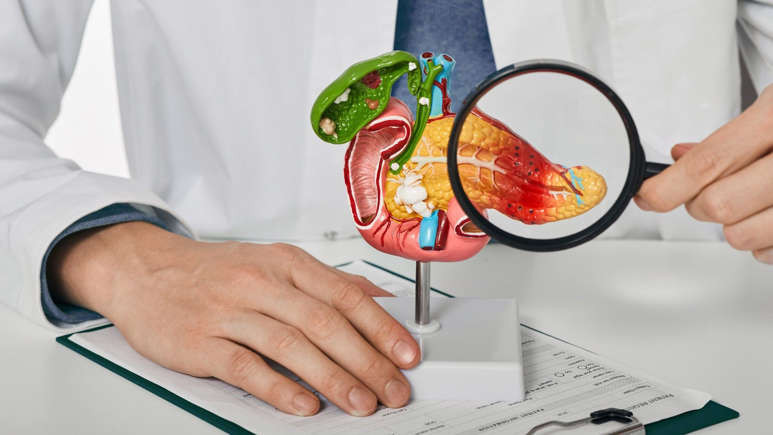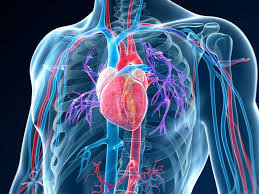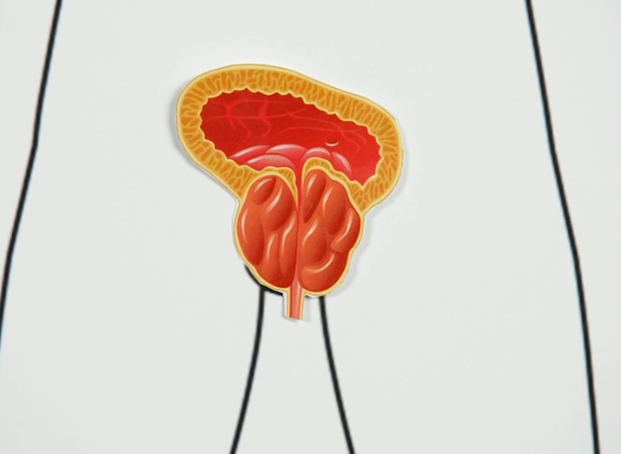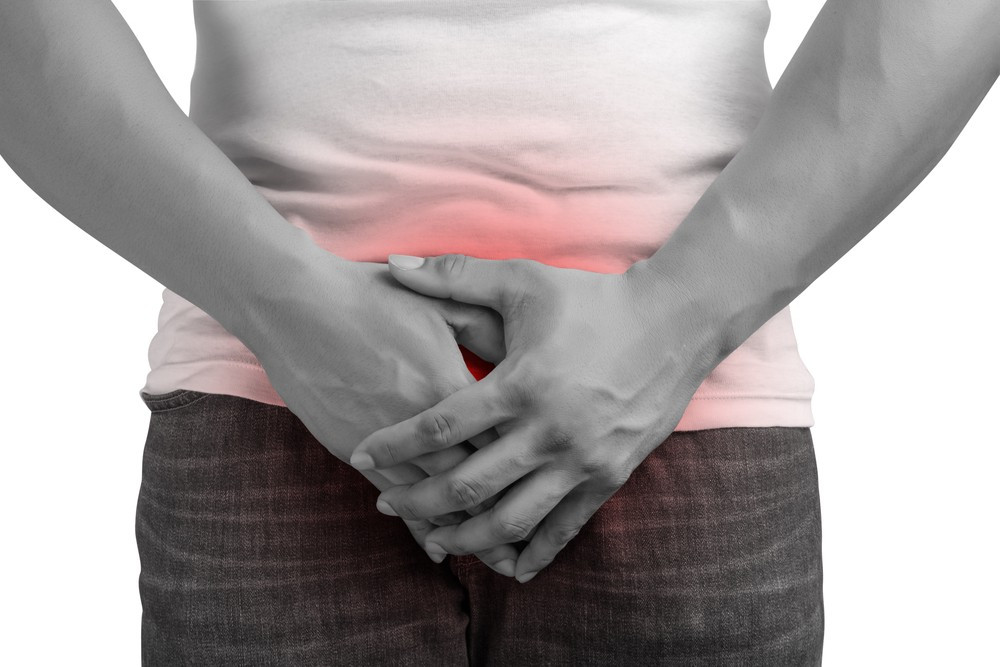Many of us will be given a range of health advice over the course of our lifetimes - from simple lifestyle changes, such as implementing a healthy diet and regularly exercising, to attending routine health checks and keeping on top of our medication.
But there are five crucial health numbers that doctors recommend we keep an eye on, as falling outside of a healthy range of each of these vital measurements can’t often be detected - and may have detrimental impacts on our health. Some conditions could even send us to an early grave if we’re don't keep on top of routine checks.
Blood Pressure
High blood pressure, also known as hypertension, is considered to be a ‘silent killer’ with millions of sufferers reporting no symptoms. The NHS warns it can put extra strain on the blood vessels, heart, kidneys, brain and eyes, significantly increasing the chances of a heart attack or stroke. While doctors haven’t established a clear cause, being overweight, eating too much salt and not exercising enough have been cited as proven risk factors.
When a patient’s blood pressure is measured, results are given in millimetres of mercury (mmHg) and often show two numbers (systolic and diastolic). Systolic, the top number, refers to the pressure of the heart pushing blood out and around the body. Diastolic, the button number, refers to the pressure when the heart rests between beats and blood is pushed around the heart.
Blood sugar readings explained:
- Readings between 90/60mmHg and 120/80mmHg signifies a normal range.
- Readings above 140/80mmHg is considered high.
- Readings below 89/59mmHg is considered low, or ‘hypotension’ which may require medical treatment.
- Readings between 121/81mmHg to 139/89mmHg can be a precursor to hypertension - unless certain lifestyle changes are being made to keep it under control, e.g. cutting down on salt, losing weight, exercising regularly, drinking less caffeine and not smoking.
Patients will want to make sure their blood pressure doesn't exceed 120/80mmHg. It’s important to bear in mind that everyone's blood pressure is slightly different - and what is considered ‘low’ or ‘high’ for one patient, could be normal for another, the NHS says.
Cholesterol
Cholesterol is a fatty substance found in your blood. If you have too much of it, you’re considered to have ‘high cholesterol’. This is usually caused by eating fatty foods, not exercising enough, being overweight, smoking and drinking alcohol - but it can run in families too.
Too much cholesterol can block your blood vessels, increasing the chances of heart problems or a stroke. While it doesn't usually cause symptoms, it can be detected in a blood test. In rare cases, high cholesterol can show in the form of white rings around the cornea (the clear outer layer at the front of the eye), or a yellow or orange growths on skin.
According to the NHS, eating healthily and getting more exercise can help lower your cholesterol, while some people also need to take medicine. Total cholesterol, the overall amount of cholesterol in the blood, should be 5mmoI/L or less. High-density lipoprotein (HDL) cholesterol, known as the 'good' type for its role to clean inside the body, should be 1mmoI/L or above for men, and at least 1.2mmoI/L for women. The 'bad' type of cholesterol, non-HDL cholesterol, should not exceed 4mmoI/L.
Blood sugar
Having high blood sugar levels could put you at risk of type 2 diabetes - a common condition affecting 4.3million Brits, and causing symptoms such as excessive thirst, peeing a lot, tiredness and blurred vision. It occurs when the body fails to produce enough insulin, or when cells in the body fail to react properly to the hormone.
Glucose levels can be monitored through a number of tests, both at home or by a GP. Glucose blood tests, done with a finger prick, shows your current blood sugar level, which can change throughout the day. A more accurate test is the Hba1C blood test, which calculates a patients average blood glucose score over three months.
Hba1C scores explained:
- Below 42mmol/mol is considered normal
- Between 42 and 47mmol/mol indicates hyperglycaemia or pre-diabetes
- Over 48mmol/mol could mean you have diabetes
According to the NHS, low blood sugar usually only affects diabetes patients taking insulin or medication. In more serious cases, it can cause people to become unconscious. Doctors recommend a healthy diet to manage blood sugar levels, and those with type 2 diabetes are told to keep their sugar, fat and salt consumption to a minimum.
Body Mass Index (BMI)
BMI, is a measurement to check if you’re a healthy weight. The NHS explains: 'The BMI is calculated by dividing an adult's weight in kilograms by their height in metres squared. Being overweight or obese can increase your risk of type 2 diabetes, heart disease and cancer, while being underweight can lead to malnourishment, reduced energy, low mood, and poor concentration.
The NHS has a free BMI calculator where you can insert your height and weight to see whether you fall into a healthy range. The NHS says a BMI of 18.5 is underweight, 18.5 to 24.9 is a healthy weight, 25 to 29.9 is overweight and 30 and above is obese. It’s important to note that many experts say the method has its flaws, as it focuses on the measurement of weight and not fat.
Waist-to-hip ratio
The shape of your body and where it stores fat can indicate whether you’re at risk of developing health problems. Although much less known than the BMI measurement, the waist-to-hip ratio is calculated by measuring the circumference of the waist and comparing it to the circumference of your hips. This can be done at home using a tape measure.
You start off by measuring the hips at the widest point around the buttocks and comparing it with the measurement of the waist just above the belly button. Then, you divide the waist measurement by the hip measurement (in wither inches or cm)
The NHS says a high risk ratio for men is above 0.90, while for women it is 0.85. The greater the ratio, the more fat is stored around your waist or abdomen, often referred to as 'apple shape'. Research from the Institute of Preventative Medicine in Copenhagen indicates that this fat distribution can pose a greater risk of health problems compared to fat being stored around the hips, known as a 'pear shape'.
Source: The Mirror





